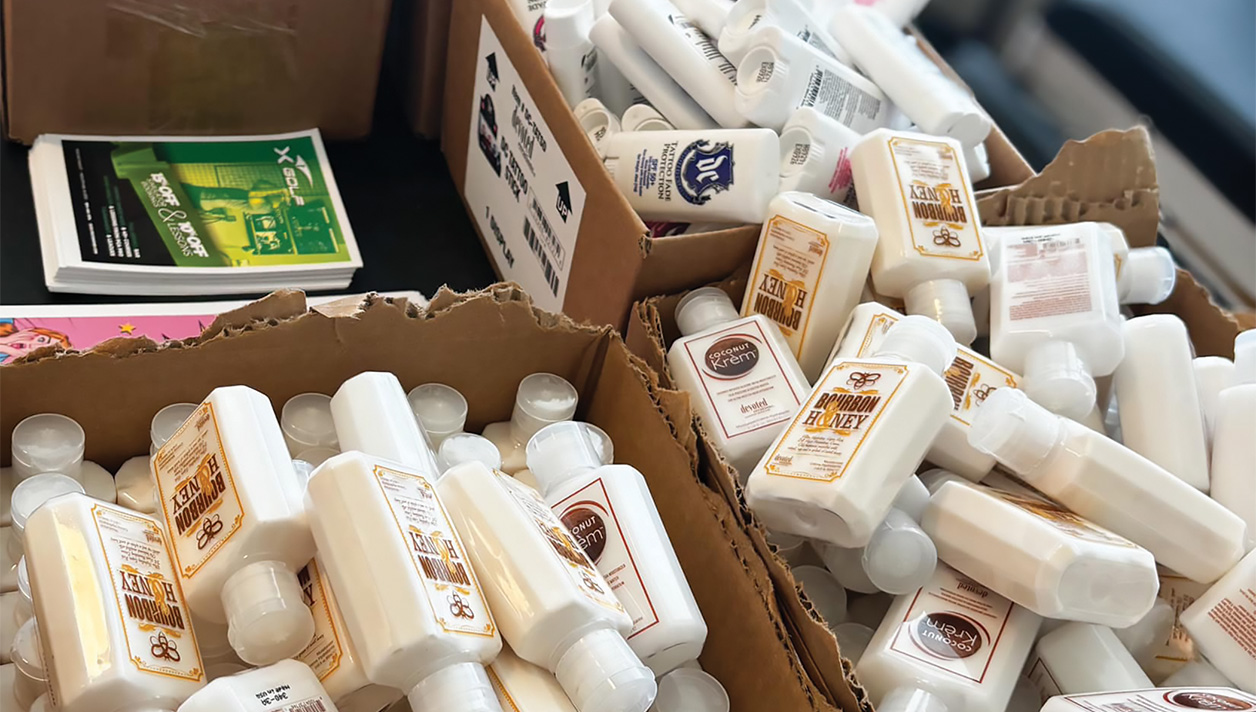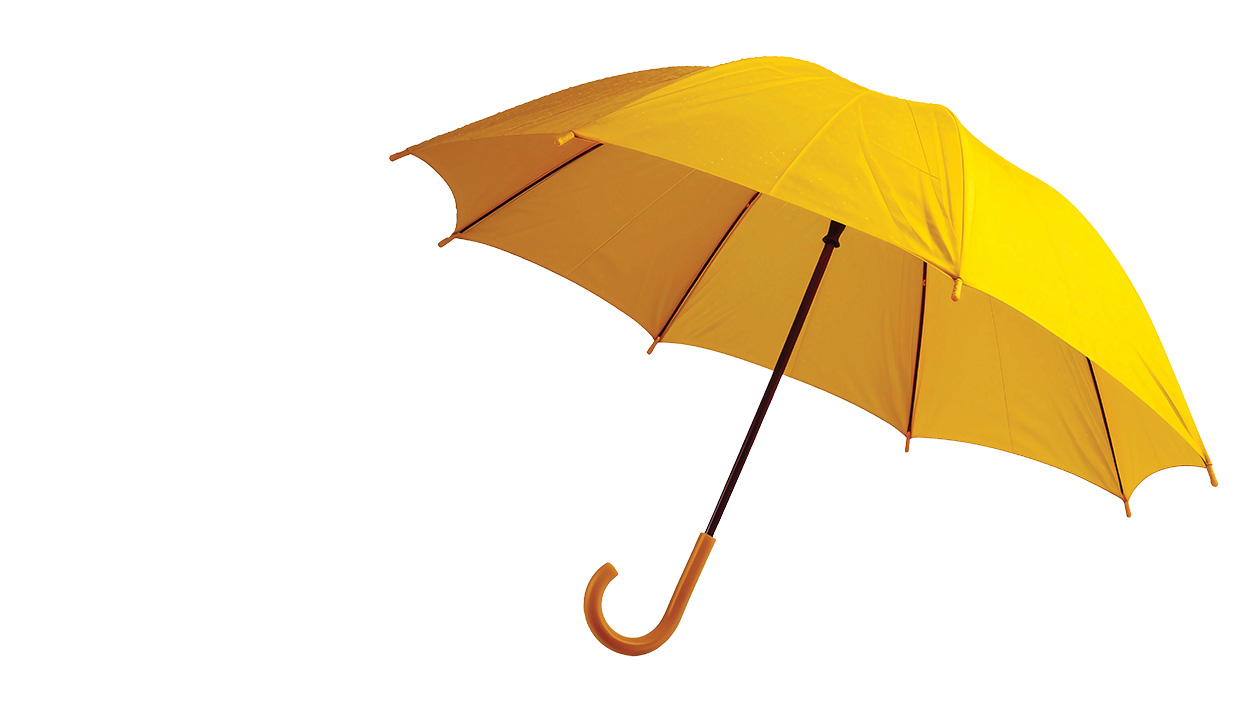Walt Disney was truly one of America’s most successful entrepreneurs. Starting with nothing more than a rudimentary drawing of a playful mouse, he created an entertainment empire that now spans the globe, generates billions of dollars in revenue and attracts millions of people every year.
But like all great visionaries, Disney had his detractors and naysayers. And he would face an ever-changing obstacle course filled with difficult challenges on his road to success.
Disney and his team knew that to keep people coming back year after year, they had to continuously develop new rides, attractions and entertainment venues.
The investment and banking world scoffed at the concept of an amusement park for children and adults. So, Disney got creative with his financing plans and made a deal with ABC to develop a TV show in exchange for investment money.
On Disneyland’s opening day in 1955, the plumbers went on strike and Disney had a choice: water fountains that worked, or toilets that worked. Thankfully, he chose toilets. A sudden heatwave turned the fresh asphalt into a hot-muck that peoples’ shoes got stuck in and pulled from their feet.
Disney had planned a soft opening for the park, inviting a few hundred friends, family and business associates. However, someone printed up over 20,000 counterfeit tickets – causing a mob scene and overcrowding of the amusements and facilities. Almost every ride broke down during the first day. The “Mark Twain Riverboat,” packed with almost 500 people (there were no capacity rules in place), listed dangerously from side to side as visitors moved about to see the sites.
Due to the many opening day disasters, newspapers were filled with negative reviews and taunts that the park would not last long. Well, as we know, Disney was able to correct the problems and learn from his mistakes – and the rest of his ride to the top of Success Mountain was purely magical (sarcasm intended).
While we all admire people who persevere though difficulties, the true lessons that we can learn from Disney are about how he achieved success and then put a plan in place to keep it going for more than 70 years and long after his passing.
When the park first opened, it had five themed “lands” and a total of 18 attractions. Today, Disneyland alone boasts eight themed lands and 87 attractions. And while old standbys like “Snow White’s Castle” and “Frontierland” remain, they are constantly being upgraded to appeal to both new and existing visitors. Disney and his team knew that to keep people coming back year after year, they had to continuously develop new rides, attractions and entertainment venues.
The same strategy applies to our industry. Tanning salons attract the most appearance-conscious consumers in the world. Therefore, we have to always be on the alert for new products, equipment and services that will keep existing salon guests loyal, while at the same time attracting new ones.
Thirty years ago, the typical salon offered a couple of 24-lamp tanning beds and a few bottles of lotion. Today, salon menus include a variety of UV-tanning systems, spray-tans and a vast assortment of lotions, moisturizers, shower gels, lip balms, etc. However, today’s true visionaries are building on this foundation and offering new products, equipment and services that appeal to a broader market – and not just people who want a tan.
To keep up with changing demographics, salons are adding items such as weight-loss and weight-management systems, light-fitness equipment and massage therapy. They are also selling supplements, energy drinks, anti-aging products, beauty products and apparel. And, they have learned that the most effective method to market these products and services is via cross-promotion and bundling. That is, creating reasonably priced, all-inclusive packages, as well as using free sessions on select tanning systems, weight-loss devices, etc., as an incentive to stimulate sales of everything on the menu.
This strategy provides an advantage that even Walmart can’t match!




























